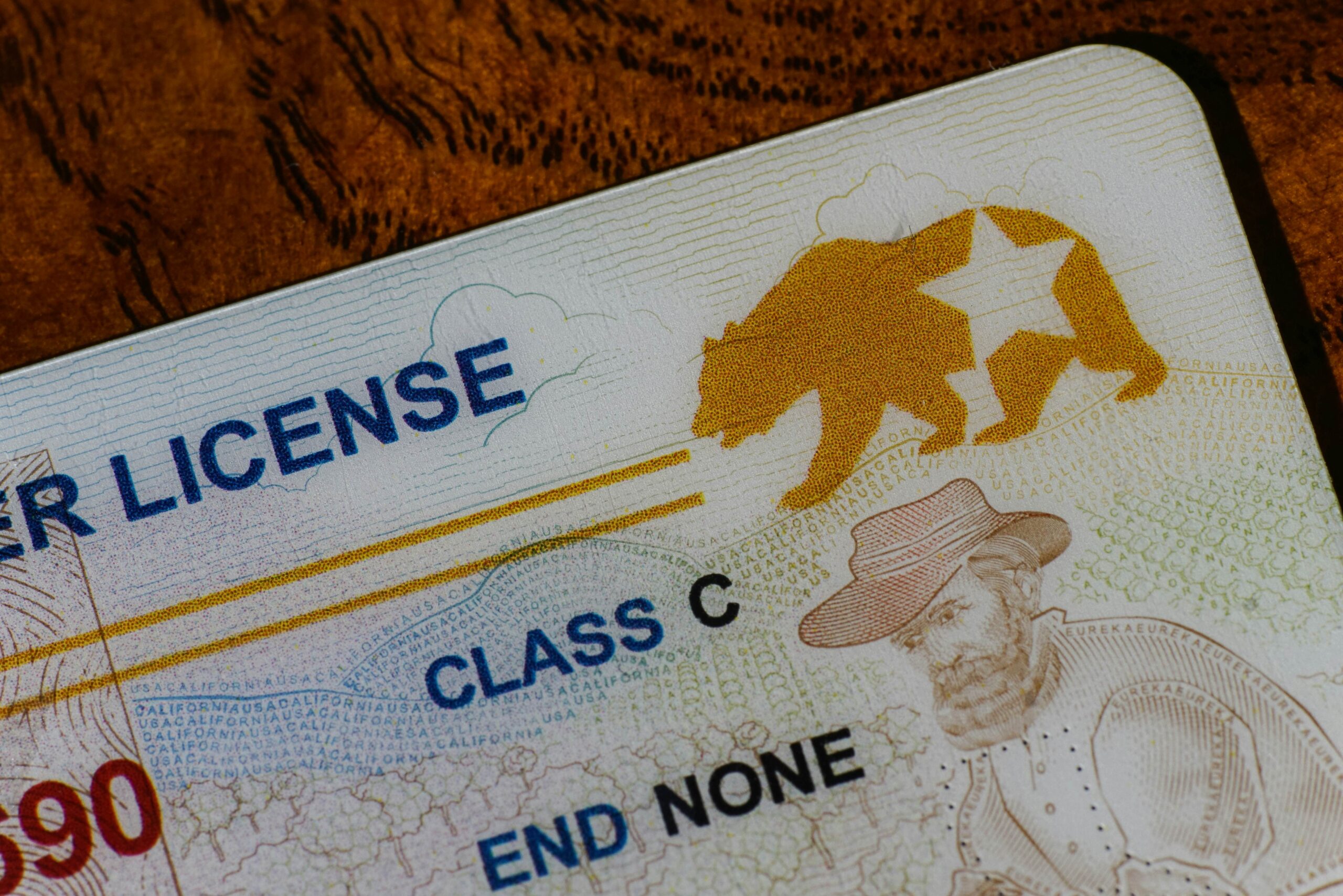After numerous delays, the deadline for airline passengers to have a Real ID to board flights within the US is quickly approaching on May 7, 2025.
Real ID is an upgraded driver’s license that meets new federal security standards at Transportation Security Administration (TSA) checkpoints. It looks like a regular ID card but has a star in black or gold (or, in the case of California, a gold grizzly bear with a star cutout) in the upper right-hand corner to indicate that it meets the requirements. Here’s everything US travelers need to know.
What’s the reason for Real ID?
The US Department of Homeland Security (DHS) has extended the deadline multiple times since Congress passed the regulation in 2005 in response to a 9/11 Commission recommendation that the US government “set standards for the issuance of sources of identification, such as driver’s licenses.”
Who is required to have a Real ID?
While you don’t need a Real ID for driving, voting, banking or accessing employee benefits, it is highly recommended that all American travelers over age 18 who plan to board flights departing from US airports or visit certain federal facilities obtain a Real ID, even if your license is not yet due for renewal.
All 50 states, Washington, DC, and the five US territories covered by the Real ID Act and related regulations are Real ID compliant and have been issuing suitable driver’s licenses and identification cards. Enhanced driver’s licenses in certain states (Michigan, Minnesota, New York, Vermont and Washington) are also accepted by federal agencies like TSA and DHS.
Without a Real ID-compliant driver’s license, airline passengers age 18 and older have to provide alternative identification, like a passport or permanent resident card, to fly, and they could be subject to additional screening.

How to obtain a Real ID
First, visit the website of the driver’s license agency in your state or territory to determine what documentation you need (expired documents are not accepted). At a minimum, the documentation must provide your legal name, your date of birth, your Social Security number, proof of your address and proof of your lawful status (your right to be in the US). This may include providing your passport, birth certificate or green card; proof of legal residence if you’re not a US citizen; your current driver’s license if you are transitioning to a Real ID in another state; and your Social Security card, though a W-2 or pay stub with your Social Security number may be accepted in place of a Social Security card.
Most states require an in-person screening appointment at the DMV to obtain a Real ID. In certain states, like New York, you can complete a screening online to speed up the in-person appointment. If you come prepared with your paperwork, your scheduled appointment will likely last less than an hour, but set aside a morning or afternoon should you encounter any hiccups. You’ll receive a temporary ID at your appointment until your permanent ID arrives in the mail around two weeks later.
What travelers can expect after the Real ID deadline
After Real ID enforcement begins on May 7, 2025, all travelers boarding flights out of US airports – both domestic and international – can expect longer wait times at TSA. Passengers who present insufficient identification can expect delays, further screening and the possibility of not being allowed through security.
To ensure that your travels run as smoothly as possible, stay prepared and give yourself enough time at the airport to pass through TSA (the recommended time is two hours before domestic flights and three hours before international flights). Know the liquid rules, consult TSA’s prohibited items list, and empty everything from your pockets into your carry-on before going through security. Have your accepted ID ready to go and listen closely to the TSA agents’ instructions.
For more information about Real ID and to check the requirements, please visit the DHS website.















